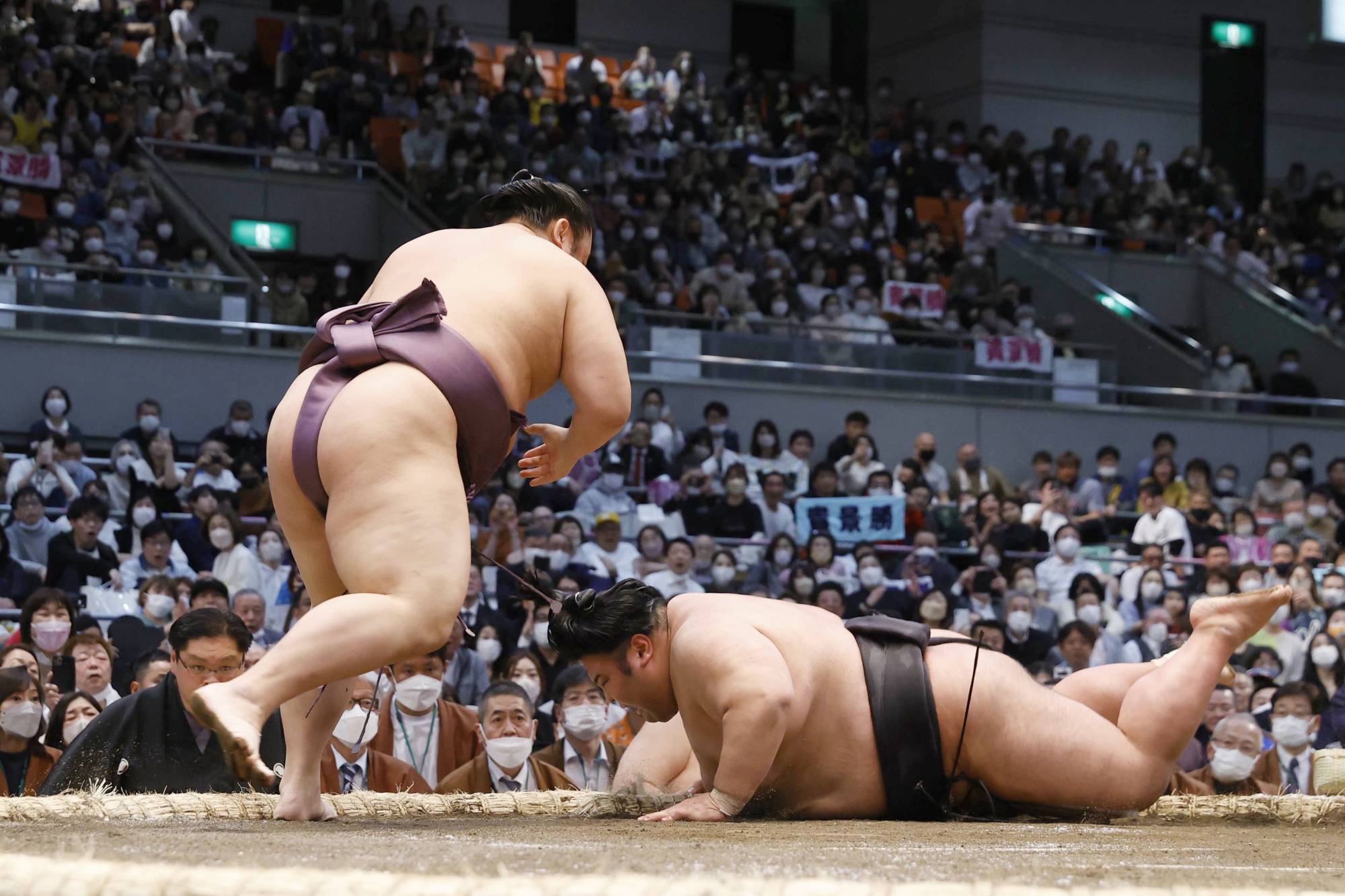Sumo Springs problems can include sagging, uneven wear, cracking, and noise issues. Proper maintenance and regular inspections can prevent these issues.
Sumo Springs, a popular suspension enhancement system, provide additional support and stability to vehicles, which can improve handling and reduce body roll. However, like any automotive component, they are not immune to wear and tear over time. It is crucial to address any problems promptly to ensure optimal performance and safety on the road.
By understanding common issues and taking proactive measures, you can prolong the lifespan of your Sumo Springs and enjoy a smoother driving experience.

Credit: www.amazon.com
Common Sumo Spring Problems
Sumo Springs, while effective in improving vehicle suspension, can encounter various issues.
Uneven Vehicle Height
Uneven vehicle height is a frequent problem associated with Sumo Springs.
Use of improper installation can cause one side of the vehicle to sit higher than the other.
Additionally, worn-out or damaged Sumo Springs might result in uneven height.
Excessive Bouncing
Another common issue is excessive bouncing experienced by vehicles equipped with Sumo Springs.
This problem can occur due to overloading or using incorrect spring specifications.

Credit: www.amazon.com
Troubleshooting Tips
When facing issues with your Sumo Springs, it’s essential to follow proper Troubleshooting Tips before seeking professional assistance.
Inspecting For Damage
Start by visually inspecting your Sumo Springs for visible wear or tears to identify any potential damage.
Adjusting Sumo Spring Settings
Ensure the proper adjustment of your Sumo Springs based on your vehicle’s specific needs and weight distribution.
Seeking Professional Help
If you encounter persistent issues, it’s advisable to consult a professional to address any complex problems effectively.

Credit: www.japantimes.co.jp
Frequently Asked Questions On Sumo Springs Problems
What Are The Common Problems With Sumo Springs?
Sumo Springs may experience issues like sagging, loss of stiffness, and deterioration over time. These problems can lead to reduced suspension performance and a bumpy ride.
How Do I Know If My Sumo Springs Are Failing?
Signs of failing Sumo Springs include excessive vehicle sway, uneven ride height, bottoming out, and increased body roll during turns. If you experience any of these issues, it’s best to have your Sumo Springs inspected.
Can Sumo Springs Cause Damage To My Vehicle?
No, Sumo Springs are designed to enhance suspension performance and provide additional support. When installed correctly, they should not cause any damage to your vehicle.
Do Sumo Springs Require Maintenance?
No, Sumo Springs are maintenance-free. However, it’s recommended to periodically inspect them for any signs of wear or damage and replace them if necessary.
Conclusion
Addressing Sumo Springs problems is crucial for a smooth and safe driving experience. With careful consideration and proper maintenance, these issues can be mitigated effectively. Understanding the common challenges and taking proactive steps will ensure maximum performance and longevity of your Sumo Springs.
Stay informed and diligent for an enjoyable ride.